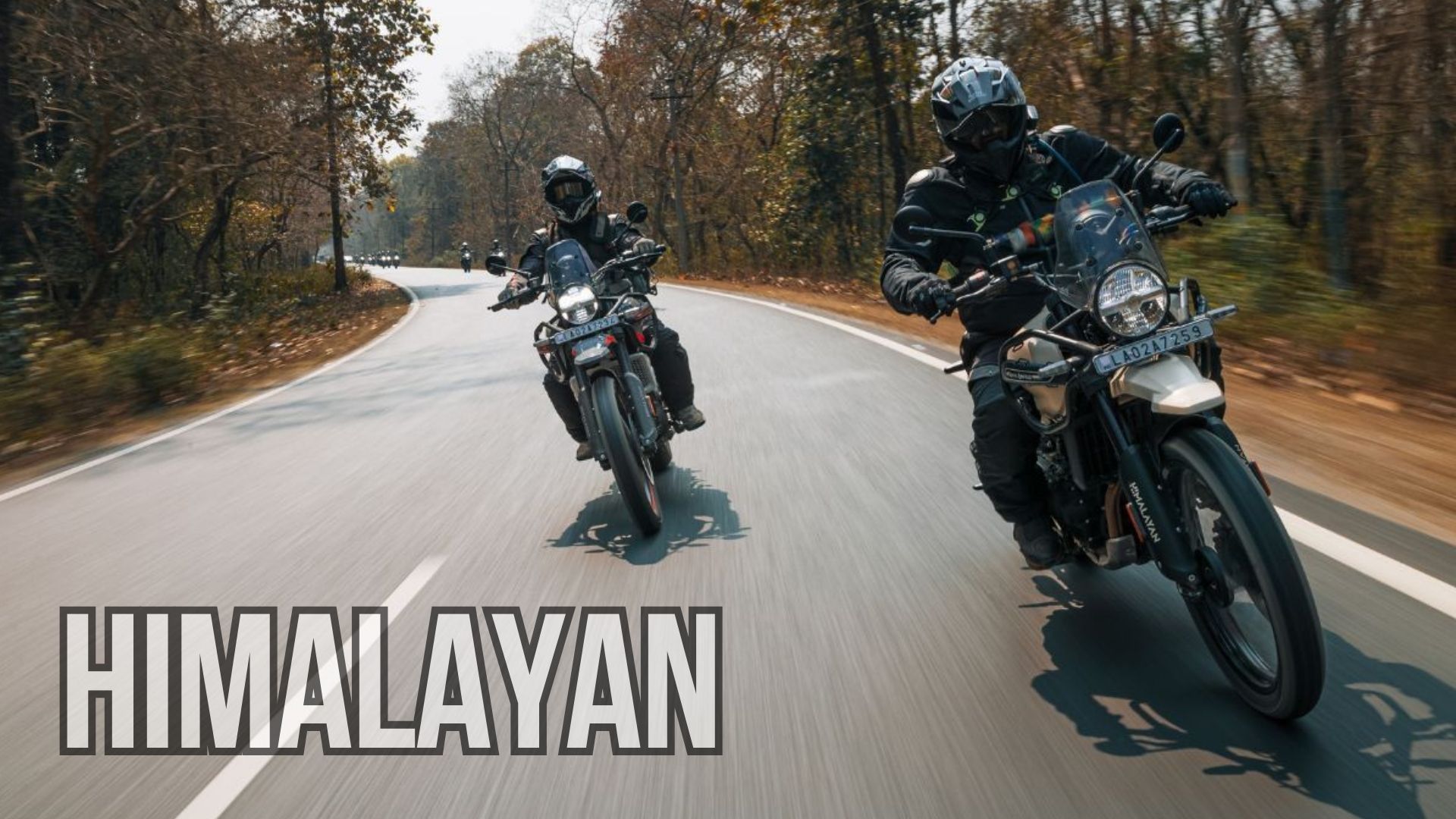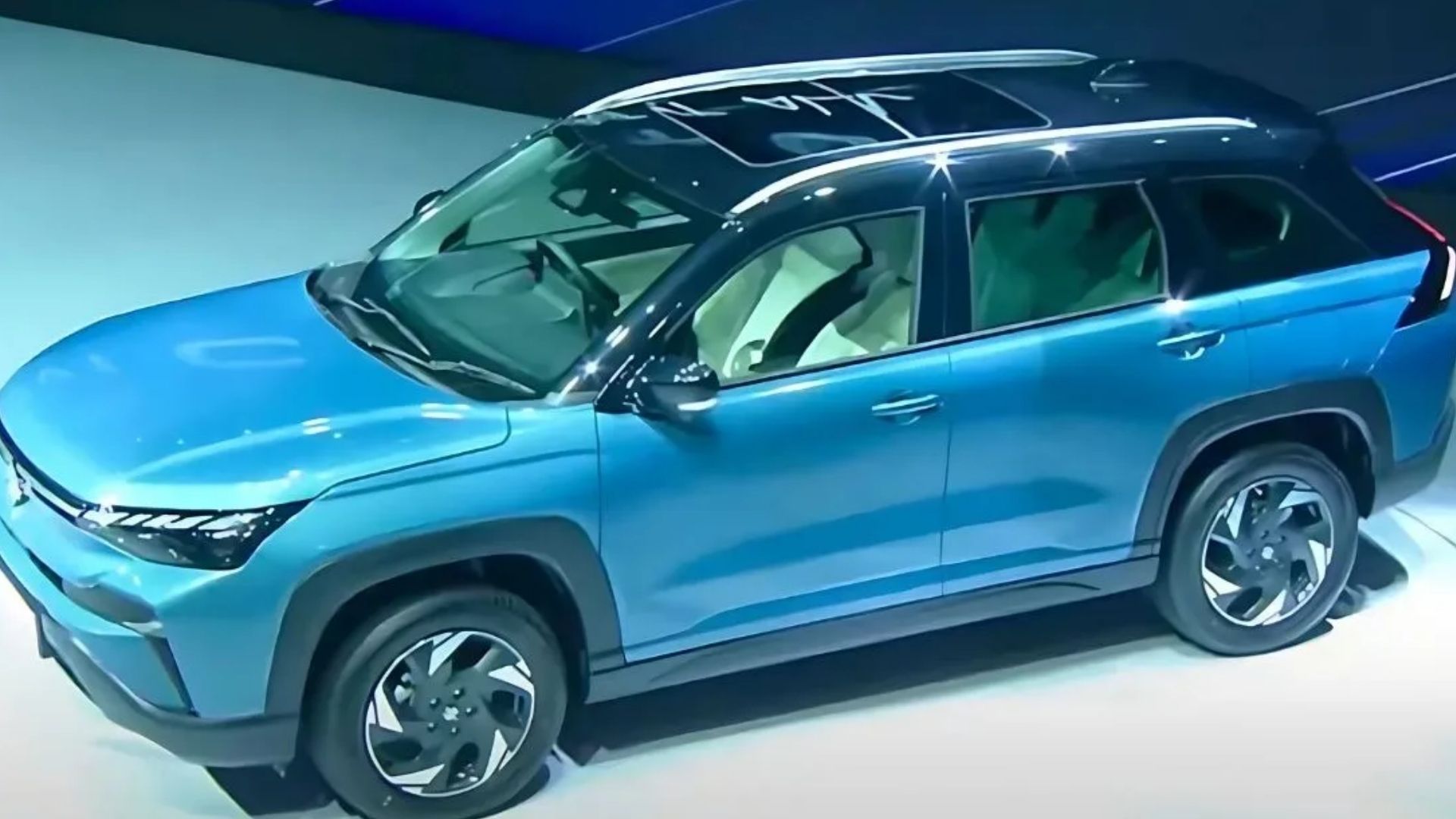The Indian Himalayan region has long been a repository of living traditions, artistic expressions, and cultural practices that have endured through generations. In an effort to document, preserve, and share these traditions with the world, UNESCO and Royal Enfield have launched the fourth edition of The Great Himalayan Exploration. This initiative is more than just a motorcycling adventure; it is a cultural journey dedicated to exploring and conserving Intangible Cultural Heritage (ICH).

On August 27, 2025, the expedition was officially flagged off from the Himalayan Hub in Theog, Shimla, by Shashank Gupta, Sub-Divisional Magistrate, and Sidharth Sharma, Deputy Superintendent of Police. Over the course of more than a month, the expedition will continue until October 9, 2025, covering different routes in Himachal Pradesh.
What is The Great Himalayan Exploration?
The Great Himalayan Exploration is a collaborative cultural project organized by UNESCO and Royal Enfield. Unlike conventional motorcycle journeys, this expedition uniquely focuses on documenting the Intangible Cultural Heritage of the Indian Himalayas through immersive field research.
For this year’s edition, 20 rider-researchers have been selected to take part. Divided into four groups, these riders will engage directly with communities in Himachal Pradesh, listening to local voices and experiencing traditional practices first-hand.
The exploration will be documented in a four-part docuseries presented by National Geographic, premiering later on JioHotstar. Through this visual storytelling, audiences worldwide will gain an intimate look at Himachal Pradesh’s cultural wealth.
Summary Table
Key Details |
Information |
|---|---|
Event |
4th Edition of The Great Himalayan Exploration |
Organizers |
UNESCO and Royal Enfield |
Flag-off Date |
27 August 2025 |
Flag-off Location |
Theog, Shimla, Himachal Pradesh |
Duration |
August 27 – October 9, 2025 |
Participants |
20 rider-researchers, divided into 4 groups |
Objective |
Documenting 12 Intangible Cultural Heritage practices in Himachal Pradesh |
Key Traditions Covered |
Himachali Dham, Chamba Thaal, Kangra Paintings, Kath-Kuni Architecture, Spiti Jewellery, Himachali Topi, Kullu Dussehra |
Docuseries |
Four-part series by National Geographic |
Streaming Platform |
JioHotstar |
Official Site |
Understanding Intangible Cultural Heritage (ICH)
According to UNESCO, intangible cultural heritage refers to practices, traditions, and expressions that communities recognize as part of their cultural identity. Unlike monuments or physical artifacts, ICH exists in living traditions, shared knowledge, and skills. These may include:
-
Oral traditions and expressions
-
Performing arts
-
Social practices, rituals, and festive events
-
Knowledge concerning nature and the universe
-
Traditional craftsmanship
The Great Himalayan Exploration aims to highlight these forms, particularly those unique to Himachal Pradesh, to ensure that they are preserved for future generations.
Traditions Documented in Himachal Pradesh
The 2025 edition focuses on documenting 12 traditions, some of which include:
Himachali Dham
A vegetarian feast prepared by hereditary Boti chefs, served during weddings and festivals. The meal is offered on leaf plates in a specific order, showcasing culinary heritage.
Chamba Thaal
Ornate brass or metal platters crafted in Chamba, often decorated with traditional motifs. These are used in religious and ceremonial contexts.
Kangra Paintings
An exquisite school of miniature painting that flourished between the 18th and 19th centuries. Noted for delicate brushwork, natural pigments, and themes of spirituality.
Kath-Kuni Architecture
A distinctive architectural style of Himachal Pradesh that employs interlocking deodar wood and stone beams without mortar, making structures resilient to earthquakes.
Spiti Jewellery
Traditional silver and turquoise ornaments worn by women of the Spiti Valley. Their designs reflect Tibetan influences and carry symbolic meanings.
Himachali Topi
A woollen cap, often with a colourful band, that represents the regional identity of Himachal’s men. Its style and colour vary across districts.
Kullu Dussehra
A world-renowned festival where over 300 village deities gather in Kullu to honour Lord Raghunath. The celebrations include processions, mass dances, and cultural performances.
Routes and Research Approach
The 20 rider-researchers will follow four distinct routes across Himachal Pradesh. Their research methodology includes video documentation, interviews, and participant observation. This immersive approach allows them to not only record traditions but also live within the communities that continue to uphold them.
The Docuseries by National Geographic
To ensure wider accessibility, National Geographic will produce a four-part docuseries based on the expedition. The series aims to present an authentic view of Himachal’s traditions while also portraying the challenges and discoveries of the riders. The docuseries will premiere on JioHotstar, following the conclusion of the journey.
FAQs
1. What is the main purpose of The Great Himalayan Exploration?
A. The expedition aims to document and preserve the Intangible Cultural Heritage of the Indian Himalayas, with a focus on Himachal Pradesh in 2025.
2. Who organizes the event?
A. The event is jointly organized by UNESCO and Royal Enfield.
3. How long will the 2025 edition last?
A. The expedition began on August 27, 2025, and will conclude on October 9, 2025.
4. How many participants are involved?
A. A total of 20 rider-researchers, divided into four groups, are taking part in the exploration.
5. Where can I watch the documentary on this expedition?
A. The expedition will be featured in a four-part docuseries produced by National Geographic, premiering on JioHotstar.
6. What makes Intangible Cultural Heritage different from monuments?
A. Unlike monuments or tangible artifacts, ICH represents living traditions, knowledge, and practices that continue to evolve within communities.
For More Information Click HERE










